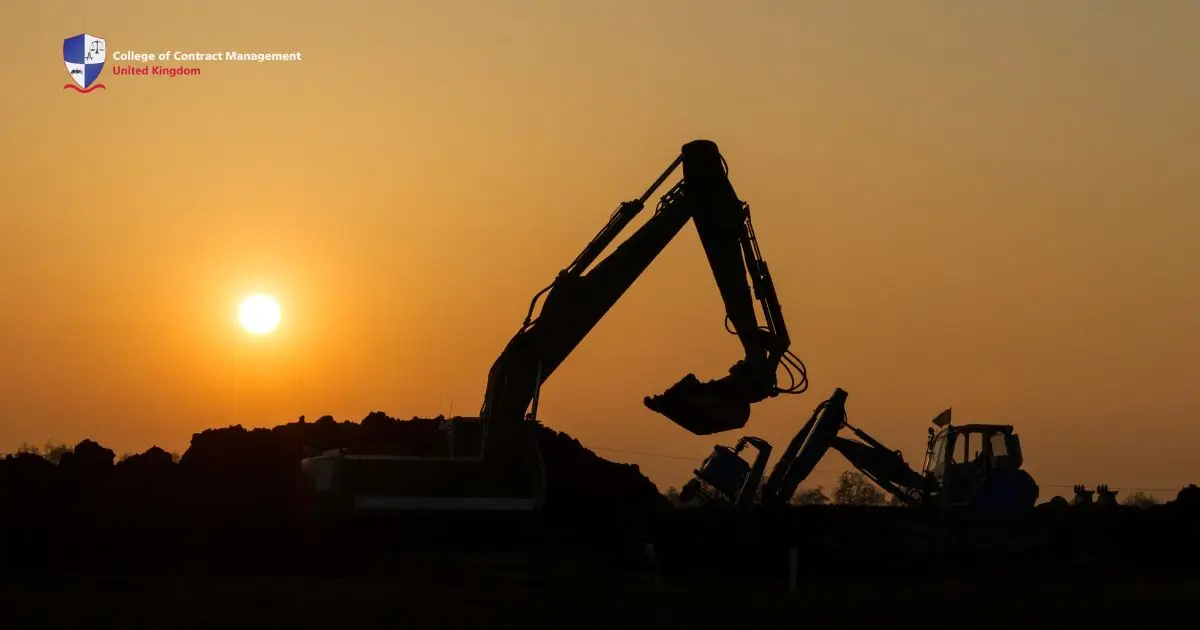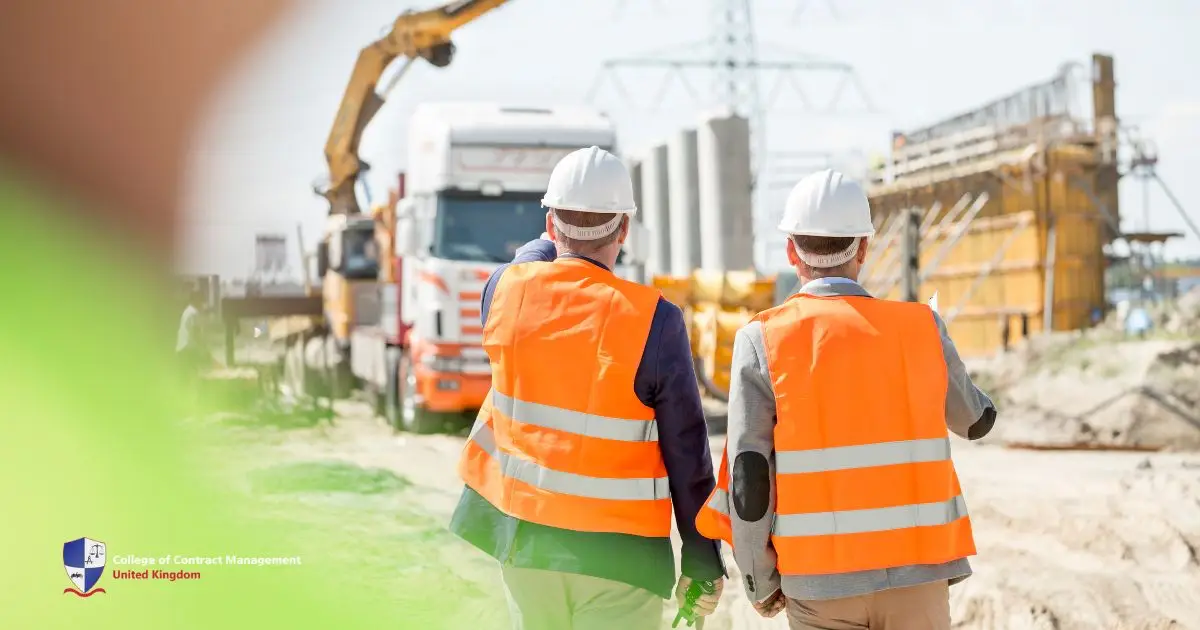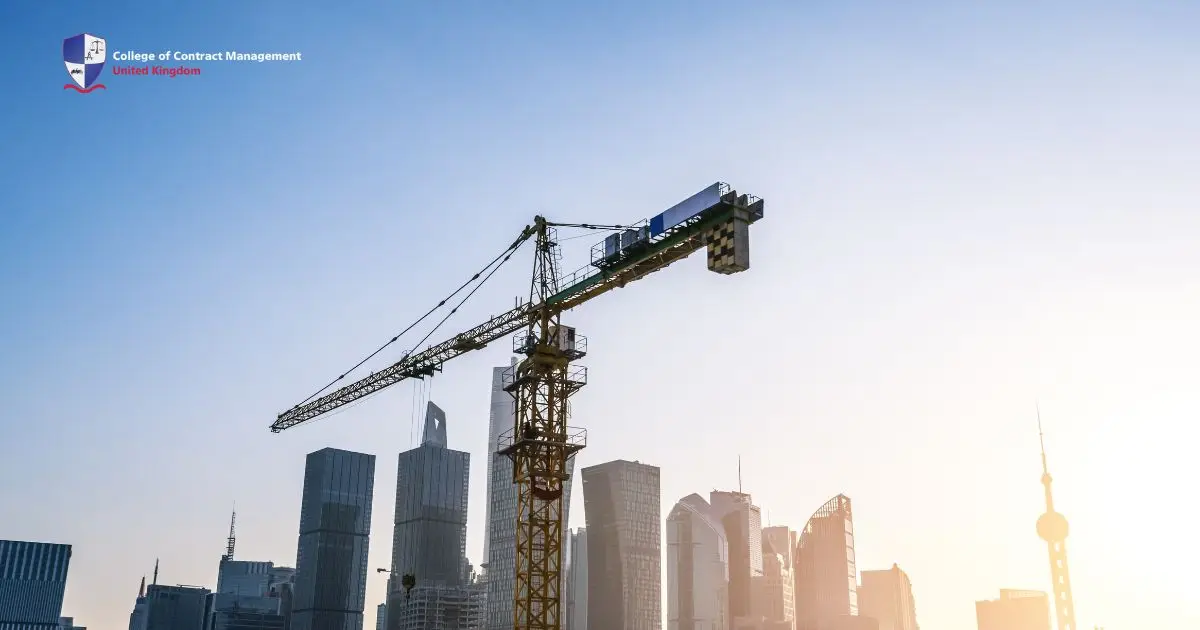Building projects require powerful machines to move heavy materials, dig foundations, and shape the land. These different types of construction vehicles play a crucial role in making projects more efficient and manageable. Whether building roads, skyscrapers, or residential homes, different types of construction vehicles are used to complete tasks safely and effectively.
However, operating these machines requires skill, training, and strict adherence to safety protocols to prevent accidents and ensure smooth construction operations. In this article, you’ll learn the different types of construction vehicles and the requirements needed to operate them.
What are construction vehicles?
A construction vehicle or heavy equipment is a vehicle used to transport or carry materials, dig, and level grounds for construction projects. While some machines are designed for a single function, others can handle multiple tasks. These powerful machines are essential in the construction industry, contributing to projects of all sizes, from residential homes to large-scale infrastructure like roads and highways.
Construction projects require moving heavy materials, so construction vehicles are built to be large and strong. While their size makes them effective, it also creates safety risks. To ensure safe operation, construction vehicle operators must earn certifications that prove they have the necessary skills and knowledge to handle these powerful machines properly.
10 types of construction vehicles
There are different types of construction vehicles, each built for a specific job. Some are used for digging deep into the ground or making land flat, while others lift and move heavy materials, build roads, or tear down old buildings. In addition, there are heavy equipment that can do multiple functions while some can only do one.
These machines help construction workers do their jobs faster and safer, making big projects easier to complete. Below is the list of different types of construction vehicles and what functions they are used for:
1. Excavator
An excavator looks like a giant arm with a bucket at the end, attached to a rotating platform on tracks or wheels. Workers use it to dig deep trenches, create foundations, and move large amounts of dirt. Since it can switch attachments, it also helps with demolishing buildings, lifting heavy materials, and dredging rivers. Construction teams rely on excavators for projects like building houses, roads, and even mining.
2. Bulldozer
A bulldozer has a wide, flat metal blade in the front and moves on heavy-duty tracks. It pushes large amounts of dirt, sand, or rubble to clear land and prepare construction sites. Its strength makes it perfect for road construction, mining, and levelling rough ground. Workers also use it to remove debris after demolitions, helping keep the site clean and safe.
3. Backhoe loader
A backhoe loader looks like a tractor but has two key tools: a digging arm (backhoe) on the back and a loading bucket on the front. Workers use it for smaller digging jobs, trenching, and lifting materials. Since it can do two different tasks, it works well for road repairs, landscaping, and construction in tight spaces.
4. Dump truck
A dump truck is a large truck with an open-box bed that tilts to dump out its load. Workers use it to transport and unload heavy materials like gravel, sand, and dirt. On construction sites, these types of construction vehicles help move materials quickly, making earthmoving and demolition cleanup much easier.
5. Motor grader
A motor grader is a long machine with a sharp blade in the middle and a tall driver’s cab. It smooths and levels the ground, especially before workers lay asphalt for roads. Road construction crews rely on motor graders to create even surfaces for highways and streets. In snowy areas, workers also use them to remove ice and snow from roads.
6. Concrete mixer truck
A concrete mixer truck has a rotating drum on the back that keeps concrete mixed while it travels. Without constant mixing, concrete would harden before workers could use it. These trucks play a huge role in building strong foundations, roads, and bridges by delivering fresh concrete to construction sites.
7. Tower crane
A tower crane stands tall with a long horizontal arm, making it easy to lift heavy materials high in the air. Workers use it to move steel beams, concrete blocks, and large equipment in skyscraper construction. Since it stays in one place, teams carefully plan where to position it before starting a big project.
8. Paver
A paver, or asphalt paver, lays down hot asphalt to create smooth roads. It has a hopper in the front that takes in asphalt and a screed in the back that spreads and levels it. Workers use these types of construction vehicles to build highways, parking lots, and even airport runways. Without these machines, roads would be bumpy and uneven.
9. Skid-steer loader
A skid-steer loader is a small but powerful machine with lift arms that can hold different attachments. Since it’s compact and can turn easily, workers use it in tight spaces for lifting, digging, and grading. These machines work well for landscaping, small construction projects, and even clearing snow.
10. Pile driver
A pile driver is a tall machine with a heavy hammer that drives long support beams, or piles, deep into the ground. These piles create strong foundations for bridges, skyscrapers, and docks. Workers use pile drivers in areas where the ground is soft or unstable, ensuring that buildings stay secure.
Requirement to operate different types of construction vehicles
If you want to drive construction vehicles in the UK, you need proper training and must prove you can handle the machine safely. This usually means getting a Construction Skills Certification Scheme (CSCS) card, which shows you've passed a health and safety test and are qualified to operate a specific type of vehicle. Without this, most construction sites won’t let you work.
Aside from proper training, you also need proper knowledge of safety gear in the construction site. Since accidents are common in these areas, staying prepared will always protect you. Examples of safety gear include hard hats, high-visibility vests, steel-toe boots, gloves, and protective eyewear.
These items help reduce the risk of injuries from falling objects, heavy machinery, and hazardous materials. Understanding and using the right safety equipment, along with proper training, ensures a safer work environment for everyone on the construction site.
Be equipped to drive heavy equipment with CCM UK
Handling powerful types of construction vehicles comes with great responsibility. With the ability to carry, dig, and flatten large-scale projects, construction vehicles are essential to the industry. However, their power also brings risks that require proper training, strict safety measures, and responsible operation. Well-trained operators who follow safety protocols protect themselves and create a safer work environment for everyone.. With great power comes great responsibility, and that means prioritising safety at every step in construction.
The College of Contract Management offers construction courses that can help you understand the risk and responsibilities in dealing with heavy equipment. By gaining the right knowledge and certifications, you can enhance workplace safety and efficiency while reducing the chances of accidents.





